Reading Lists
Six Frightening Reads to Freak You Out for Halloween
We asked some of our favorite authors for their favorite scary tale

On October 28th, Electric Literature will host our second annual Genre Ball! To get in the spooky spirit of the season, we asked some of our Genre Ball hosts — Lynne Tillman, Nicole Dennis-Benn, Tony Tulathimutte, Teddy Wayne, James Hannaham, Helen Phillips, and Kelly Luce — to tell us about their favorite scary stories.
Our Genre Ball will be held the Friday before Halloween at the Ace Hotel in NYC. If you love books, booze, and seeing famous authors in funny costumes, you’ll want to get your tickets before they run out!
Check out the list of scary reads below.
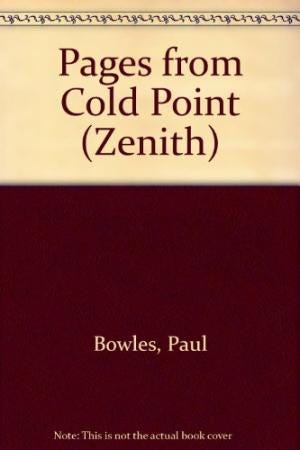
“You Are Not I” and “Pages from Cold Point” by Paul Bowles
Chosen by Lynne Tillman
Paul Bowles’ stories “You Are Not I” and “Pages from Cold Point” are psychological nightmares, from which a reader might never wake, and all in the family. There’s madness in one, incest in the other, respectively, rendered as only Paul Bowles could: quietly, furtively, mysteriously, revealing the most terrifying of delusions and self-deceptions.
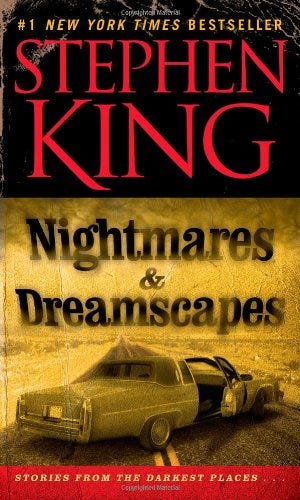
“The Moving Finger” by Stephen King
Chosen by Tony Tulathimutte
I have to say, for sheer purity and simplicity of premise, it’s tough to beat midcareer Stephen King — he has a story in Nightmares & Dreamscapes called “The Moving Finger,” not to be confused with the Agatha Christie novel. It’s an atrociously written overlong story about a guy watching Jeopardy at home when a finger starts to come out of his bathroom sink drain. The finger keeps coming out and getting longer, with more and more knuckles. In increasingly goofy prose he fends it off with Dran-o and a weedwhacker, puke and blood get everywhere, but goddamnit, that premise. The story ends with the poor guy asking: “Have you ever thought about how many holes to the underworld there are in an ordinary bathroom? Counting the holes in the faucets, that is? I make it seven.” Toilet, toilet tank, faucet, sink drain, shower, tub faucet, bathtub drain — yup. Does the finger symbolize anything? Is it a Telltale Heart? Nah. Just a moving finger.
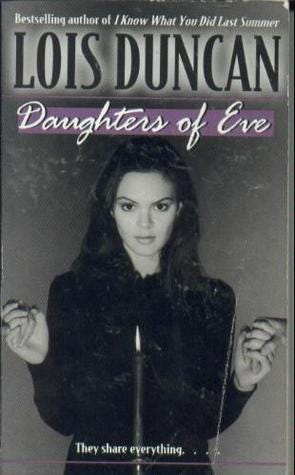
“Daughters of Eve” by Lois Duncan
Chosen by Teddy Wayne
“I remember little from this book except reading it as a kid and being terrified,” said Teddy Wayne. In the story, a group of high school girls in a small Michigan town fall under the influence of their persuasive teacher Irene Stark. Preaching a version of women’s liberation, Irene draws the girl’s attention to the omnipresent patriarchal oppression in their lives, and suggest they take revenge. It begins innocently, with the head shaving of a vain boy in at school, but things quickly escalate in a sinister way.
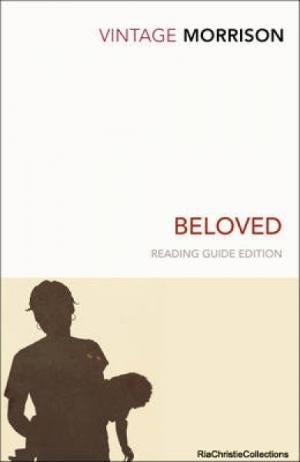
Beloved by Toni Morrison
Chosen by James Hannaham and Nicole Dennis-Benn
Hannaham: If a novel about the zombie child of a murdered black girl whose mother killed her rather than have the family get sent back into slavery who then returns from the beyond in order to mess with her mother and sister’s and everyone’s else’s mind and sleep with her mother’s lover is not a horror story, I don’t know what is. Especially when you consider that the mother’s plan actually works: she avoids capture by slicing her child’s throat with a saw, which freaks out the slave catchers so much that they leave her alone. Many people see Toni Morrison’s Beloved as a tragedy about a woman driven to extremes in order to save her family from the atrocity of slavery; I think it’s about how oppression can drive people so crazy that they may decide their only way out is to abuse what little power they have and either leave behind or forget the ghosts who engendered their freedom. Or so they think!
Dennis-Benn: My favorite horror story is Beloved by Toni Morrison. When I was younger I thought it was a scary story of a baby ghost haunting a mother after she killed it. I didn’t get the concept until college where it resonated with me in more ways than one — tackling race and identity and the price of freedom. Morrison opened up my eyes to the craft of storytelling, delving into complexities of characters and situations, telling a truly haunting and tragic tale of redemption.
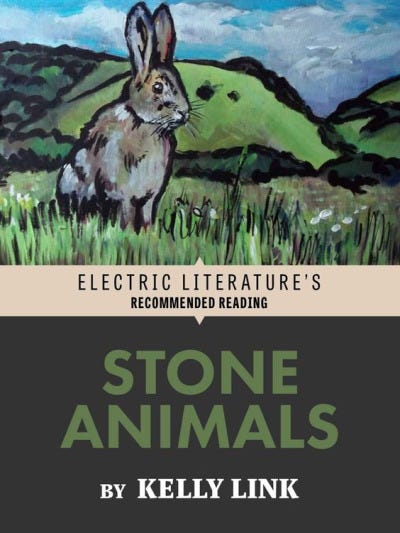
Chosen by Helen Phillips
In Link’s hands, mundane objects (a toothbrush, a bar of soap) transform into haunted ones, and familiar tropes (a mother painting the walls in preparation for a new baby) become otherworldly and ominous. The questionable level of (un)reality throughout this story, and the threats that may or may not be about to emerge from the suburban scenery, put the reader in a state of ever-deepening, ever-mysterious horror.
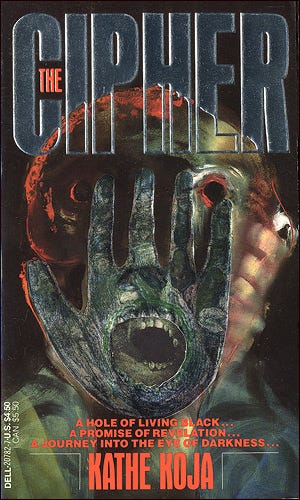
The Cipher by Kathe Koja
Chosen by Kelly Luce
Obsession, desperation, violence, and a weird bottomless hole in a couple’s apartment floor. This novel is poetically grotesque, delightfully horrific and surreal. Don’t get too close to the Funhole, y’all.








